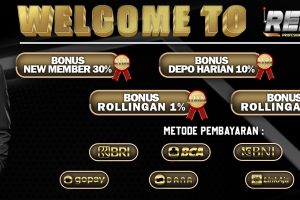Answered: The difference between the actual
Content
Everyone who has worked in manufacturing knows that the production processes prevalent in the 1920’s have continually progressed with labor compromising an ever-smaller portion of total costs. This shrinking labor content caused management accountants to question the wisdom of allocating all indirect overhead costs to products based on labor. The result was the birth of Activity Based Costing, ABC.
That is, extended normal costing figures are predetermined and do not need to be calculated to develop a total cost estimate. Specifically, the budgeted cost of production is multiplied by the actual quantity of the products or services that were purchased for use in production. To ensure comparability, use the same production period for the actual and normal costing calculations. The actual cost is a fundamental financial calculation that can help you understand the actual price of your product. Actual costing is recommended when each production process is analyzed to determine the production costs at each phase. F COGMEnding Balance eOn the credit side of the T-account is COGM.
Normal Costing
Since 1998 he has worked for Visual South with roles in consulting, sales and executive management. Need a deep-dive on the concept behind this application? Learn more about this topic, accounting and related others by exploring similar questions and additional content below. We provide comprehensive, unbiased, and authentic information about Enterprise software systems.
With actual costing, the direct materials, direct labor and a portion of the actual factory overhead costs are used to calculate the total and per-unit manufacturing costs. Actual cost tracing is the dollars and cents spent to manufacture your goods. Normal costing actual direct materials and direct labor costs but uses a budgeted amount for factory overhead costs. While not as accurate as actual costing, normal costing will smooth out the unusual cost fluctuations that occur with actual costing. Just like in standard costing systems, variable and fixed overhead costs must be allocated to a job using a cost driver, which is normally direct labor, or machine hour based.
17 (20 min.) Actual costing, normal costing, accounting for manufacturing overhead.
Here is how the different costing methods calculate the value of the transactions. The difference between actual and applied fixed overhead costs. The difference between budgeted and applied fixed overhead costs. The normal costing vs actual costing difference between budgeted fixed and variable overhead costs. The difference between actual and budgeted fixed overhead costs. 3.Select the cost-allocation base to use for allocating indirect costs to the job.
- When it is received into inventory, the item is valued at $300.
- The budgeted factory overhead is calculated using your indirect costs and production estimates.
- For a more accurate view of the direction in which product costs are headed, it is better to use actual costs, since they match the current amount of actual overhead costs.
- She received a bachelor’s degree in business administration from the University of South Florida.
- The fixed manufacturing overhead costs assigned to production units remain as inventory until they are absorbed into unit product costs.
What is the advantage of using normal costing instead of actual costing?
Normal costing uses indirect materials and labor costs to estimate production costs. It provides a more consistent valuation of production costs which eliminates month to month fluctuations.

